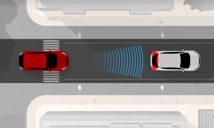The future we were promised may have included flying cars, and while the vehicles we have in 2020 don’t fly, they are incredibly smart and are designed with a focus on safety. Cars today are so advanced that many can apply the brakes automatically to prevent a collision. Called automatic emergency braking or forward collision avoidance, these safety systems are impressive and useful, but they’re not guaranteed to work 100 per cent of the time or be a replacement for actually paying attention to the road. These systems are meant specifically for emergencies and each system out there has limitations.
In alphabetical order, here are a few examples of how systems from different automakers can operate, detailing when they apply brakes and when they won’t.
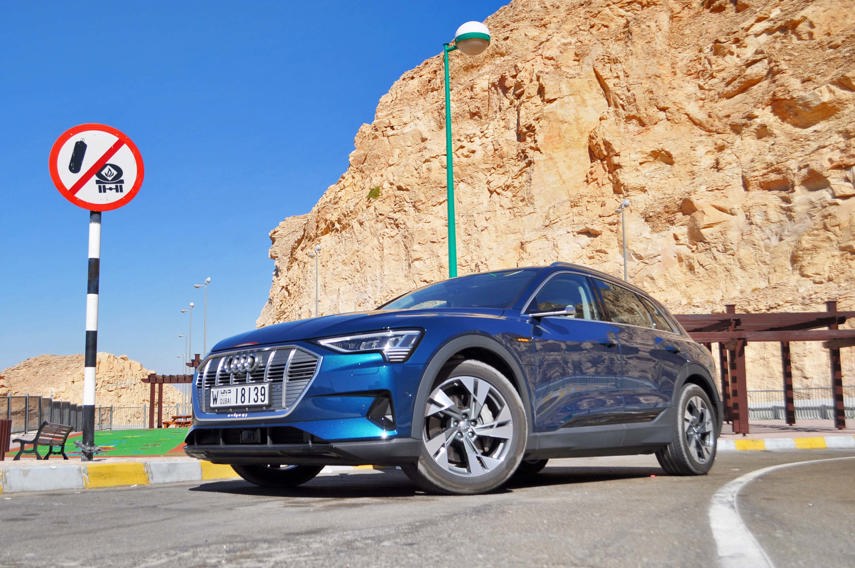
Audi
Audi has several safety systems of varying technology and capabilities, so it’s important to know which one is in your car. The most basic of them is called “Pre Sense Front” or “Pre Sense City.” These systems react differently depending on what type of objects it detects. Cars and trucks are detected at speeds up to 250 km/h, while pedestrians and cyclists are detected up to 65 km/h or 85 km/h depending on the model of car.
When a potential collision is sensed, the system uses visual, audible, and haptic warnings to alert the driver. If the driver reacts to the warnings, the system will provide braking assistance to reduce vehicle speed, but if no driver action is taken, the system will initiate a full brake to avoid the collision if possible. Some Audi vehicles will also take a few extra steps to protect occupants in an unavoidable collision, including activating the hazard lights, pre-tensioning the seat belts, and closing the windows and sunroof.
The Insurance Institute for Highway Safety (IIHS) tested the Audi e-Tron, one of the automaker’s newest vehicles, and had some good results. In a crash test where the car’s speed was 19 km/h, the vehicle slowed down by 17 km/h. In the test at 40 km/h, the vehicle avoided the collision entirely.
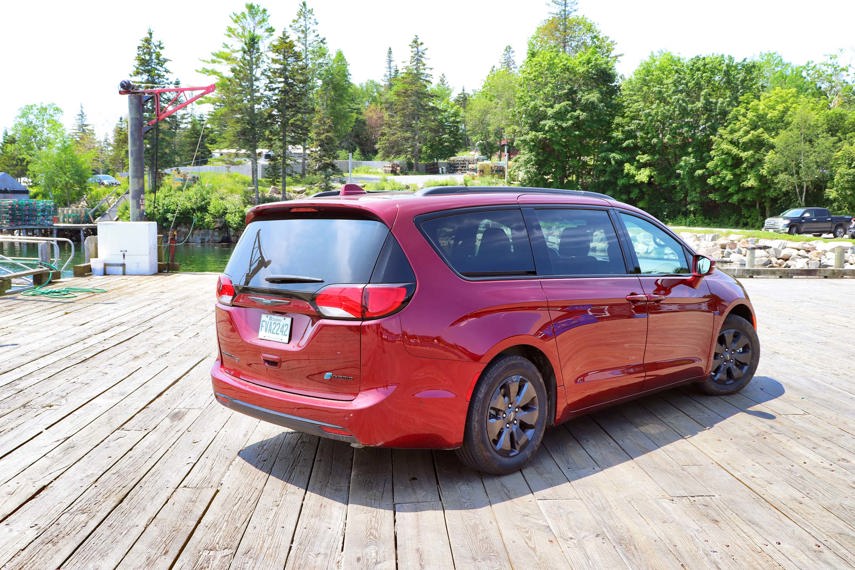
Fiat Chrysler Automobiles: Chrysler/Dodge/Jeep/Ram/Fiat
There are a few driver assistance systems in use at Fiat Chrysler Automobiles (FCA), so depending on the vehicle or brand, you may get a different experience.
One of the more common systems is called “Forward Collision Warning Plus.” This system uses radar and cameras to detect a possible collision. When it does detect a potential crash, it will notify the driver with a visual and audio alert, urging them to take action. To help with the braking performance, it preloads the brakes for better response. If the driver doesn’t react, then the system will momentarily apply the brakes to further alert the driver. If the driver still doesn’t respond, the system will then apply the brakes to slow the vehicle before impact.
A newer upgraded system is also offered called Full-Speed Forward Collision Warning Plus. It operates almost identically to the Forward Collision Warning-Plus system except it can bring the car to a complete stop instead of just slowing the vehicle down. The IIHS has tested several vehicles using this system with plenty of success. In vehicles like the Jeep Grand Cherokee, Ram 1500, Jeep Compass, and Chrysler Pacifica, the system has stopped the vehicle in time to prevent a crash at speeds up to 40 km/h.
Drivers can override the automatic braking system if they intentionally and forcefully use the throttle. This is designed to help drivers feel like they’re always in control of their car. However, FCA’s automatic braking systems also feature a brake-throttle override, which will help those who get panicked in emergencies and press both pedals. In this situation, the vehicle will allow the brakes to override the throttle.
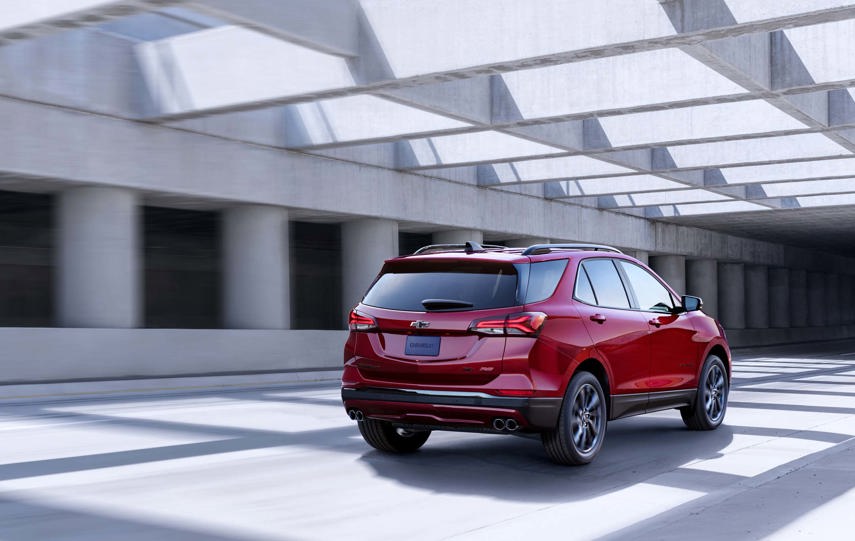
General Motors: Buick/Cadillac/Chevrolet/GMC
General Motors’ automatic emergency braking system is offered in vehicles across its four main brands. Depending on the vehicle, it can have a combination of long-, medium-, and short-range radar and a forward-facing camera.
One common system called the “Low-Speed Forward Automatic Braking System” works when the vehicle is in motion between 8–60 km/h. On some vehicles, it may operate up to 80 km/h. The system uses a forward-looking camera to see the vehicle ahead of the driver. When a vehicle is detected ahead, the system will display a green icon on the gauge cluster or head-up display (HUD).
If the system detects that there is a possible collision with the vehicle ahead, it sends an alert, either with red pulsing lights on the dashboard or by vibrating the seat to get a driver’s attention.
If the driver doesn’t respond promptly or if the situation happens suddenly, the system will enhance the driver’s braking or automatically apply the brakes. On some vehicles, the brake pedal moves when automatic braking occurs. Drivers can override automatic braking at any time by pressing the accelerator or applying the brakes.
GM’s system has succeeded in crash tests. In a Chevrolet Equinox equipped with Low-Speed Forward Automatic Braking and optional Confidence and Convenience package, the vehicle avoided a 19 km/h collision. In the higher speed test where the vehicle goes up to 40 km/h, the vehicle reduced its speed by 35 km/h.
It’s worth pointing out that if the system in these GM products slows the vehicle to a complete stop, it will also apply the electronic parking brakes, requiring the driver to release them with a button before they can start driving again.

Honda
Honda’s automatic emergency braking system is found in many of its current vehicles. Using radar and cameras, the vehicle can sense a potential collision with an object in front of it and will apply the brakes. The system can even detect pedestrians.
When the car detects a potential collision with an object or pedestrian, it will first display a visual warning on the dashboard that usually says “BRAKE” and it will beep to try to get a driver’s attention. If the driver doesn’t take action, it will then apply the brakes. The Insurance Institute for Highway Safety (IIHS) has found that the car with this system can stop completely and prevent a collision up to speeds of 40 km/h.
Honda said that previous iterations of its automatic emergency braking turned off when users applied brakes or throttle. However, they’ve changed the way this works in recent versions of the system. Now, the brakes will be applied no matter what, ensuring that even a panicking driver will be safe.
Honda explained, however, that the automatic emergency brakes will not apply if any steering is detected. Engineers stated that it was designed this way to accommodate a driver moving away from an obstacle.
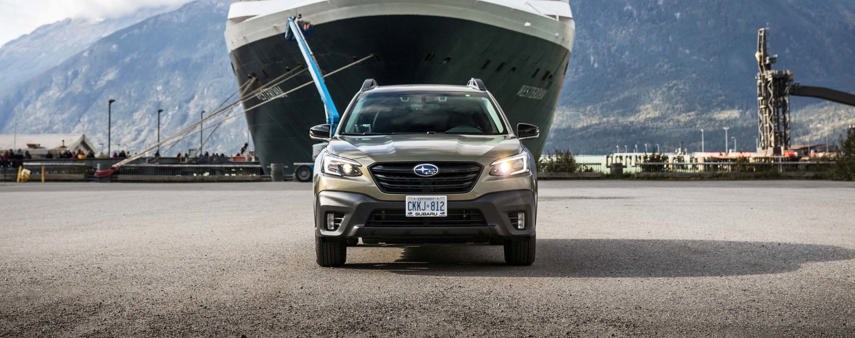
Subaru
Another system to discuss is Subaru’s “EyeSight” system, which uses two cameras at the top of the windshield to provide two key crash avoidance features. Like the other vehicles here, if it detects a possible collision, it will alert the driver and assist them with braking force. If the driver doesn’t act on the alert, the system will automatically apply the brakes to bring the vehicle to a stop.
The second feature is that when the vehicle detects an imminent and unavoidable collision, it will limit the power from the engine to minimize damage.
IIHS tests have found that the EyeSight technology will prevent a collision at 19 km/h and 40 km/h, in several Subaru vehicles, including the Forester, Impreza, and Ascent.
Subaru’s EyeSight feature can turn off at times, however, as the cameras can have difficulty in adverse weather conditions or even direct sunlight. Subaru also says that the automatic emergency braking can also be overridden with strong steering or throttle inputs.
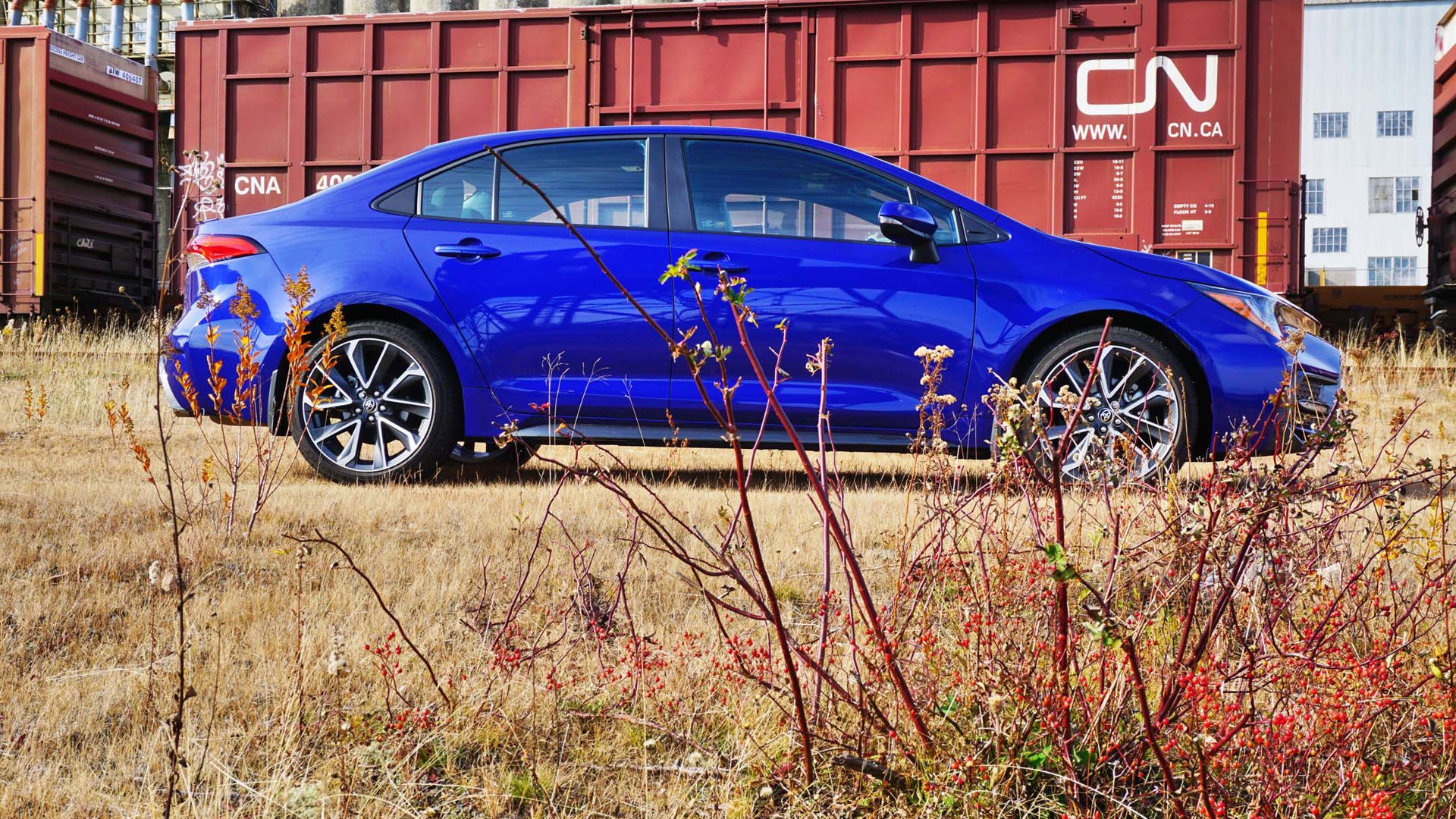
Toyota
Toyota’s safety suite is known as “Toyota Safety Sense.” Currently, it’s in its second iteration, so you’ll hear or see it being referenced as TSS 2.0. The automaker notes that depending on what is detected, the speeds at which it operates vary. When it comes to reacting to other cars ahead of it, the system is active from 10 km/h to 180 km/h, but when it comes to pedestrians or cyclists, it can only react to them at maximum speeds of 80 km/h.
When the system’s sensors detect a possible collision, it will help the driver out with a warning. If the driver acts on that warning, the system will apply additional brake force along with the driver’s input, helping ensure the collision is avoided. If the driver doesn’t act on the warnings, the system will apply the brakes itself. It will hold the brakes for two seconds after the vehicle comes to a stop. A spokesperson for Toyota also added that throttle input or steering should have no impact on the way the system operates.
The latest Toyota the IIHS tested was the Corolla sedan. It managed to avoid a collision when travelling up to speeds of 40 km/h.
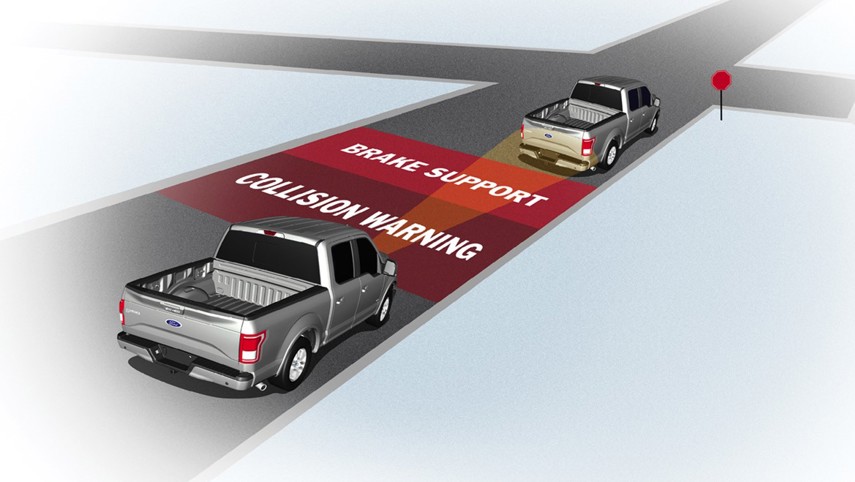
The Fine Print About Automatic Emergency Braking
While almost every car on the road today has some kind of optional or standard collision avoidance system, they can’t replace the awareness of a fully engaged driver. Having these systems in a car isn’t an excuse for distracted driving. Some systems are easily overridden with simple inputs from the driver, while others can’t work in adverse conditions like bad weather, which is ironic since that’s probably when you need crash avoidance systems the most.
Just because a car has these features doesn’t mean that the driver is not responsible for avoiding a crash. It’s important to remember that the car is trying to help with that responsibility, but not take over the task of driving completely. But if sci-fi tells us anything, those self-driving cars will arrive just before the robot uprising begins.
